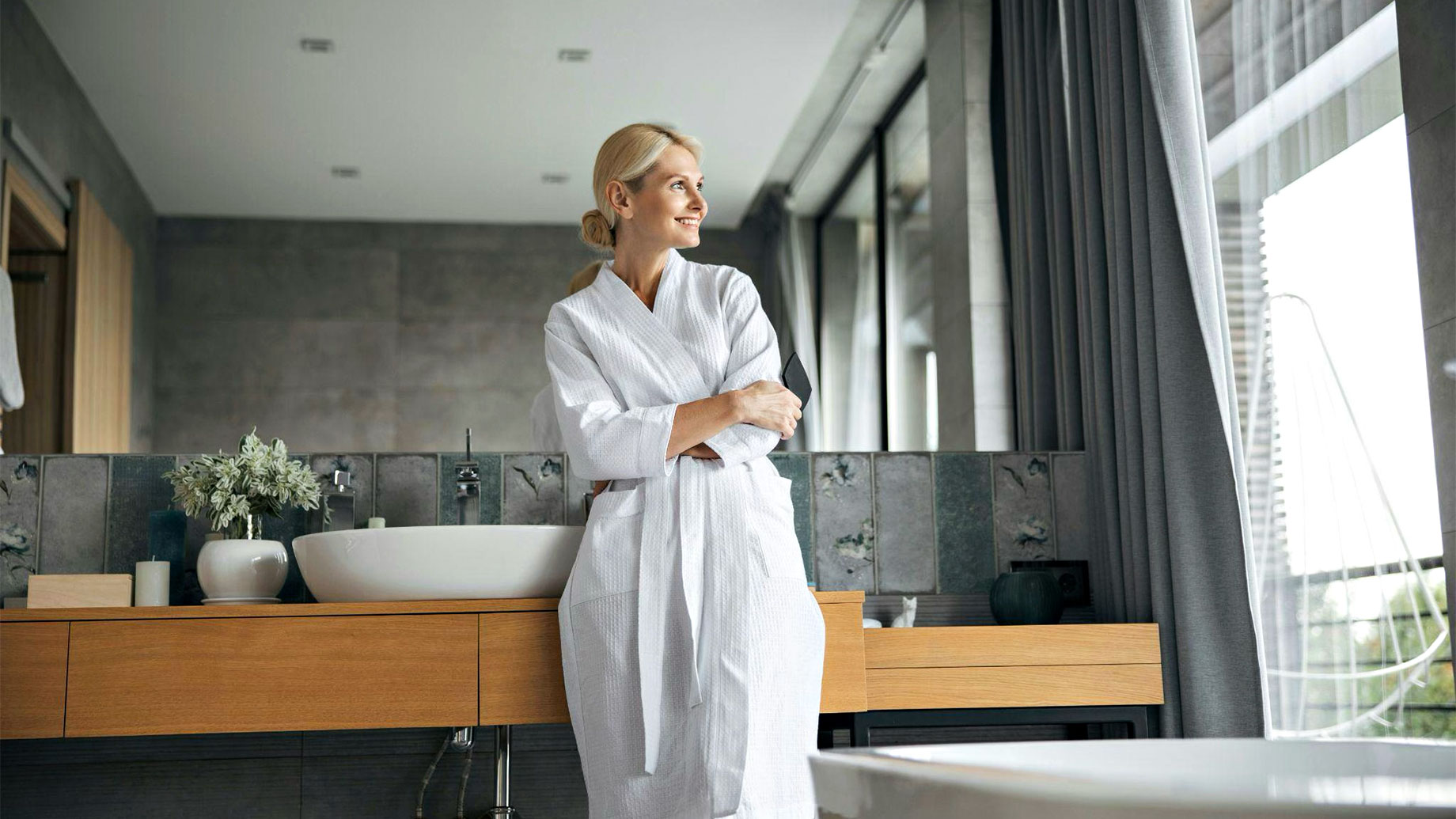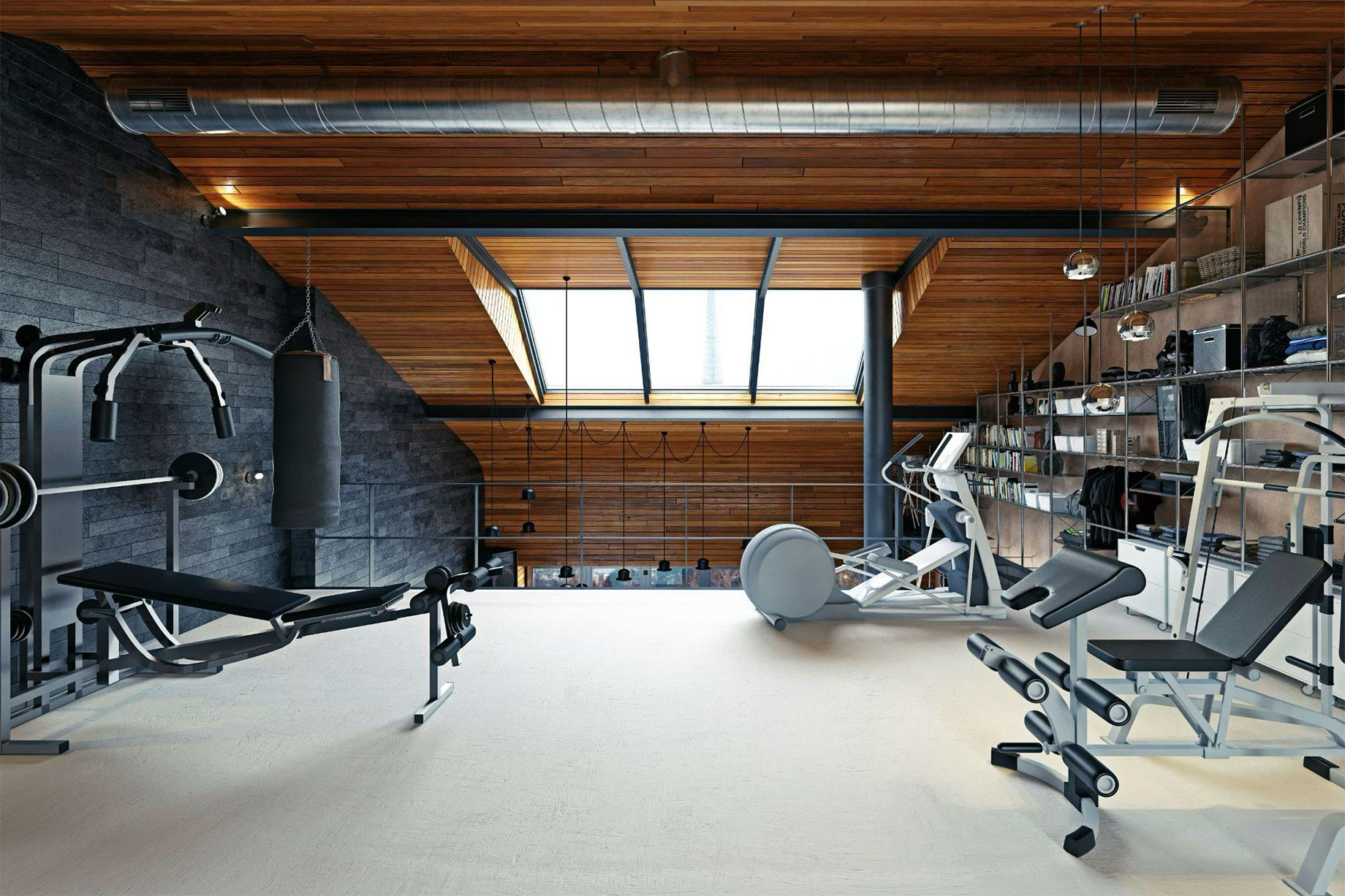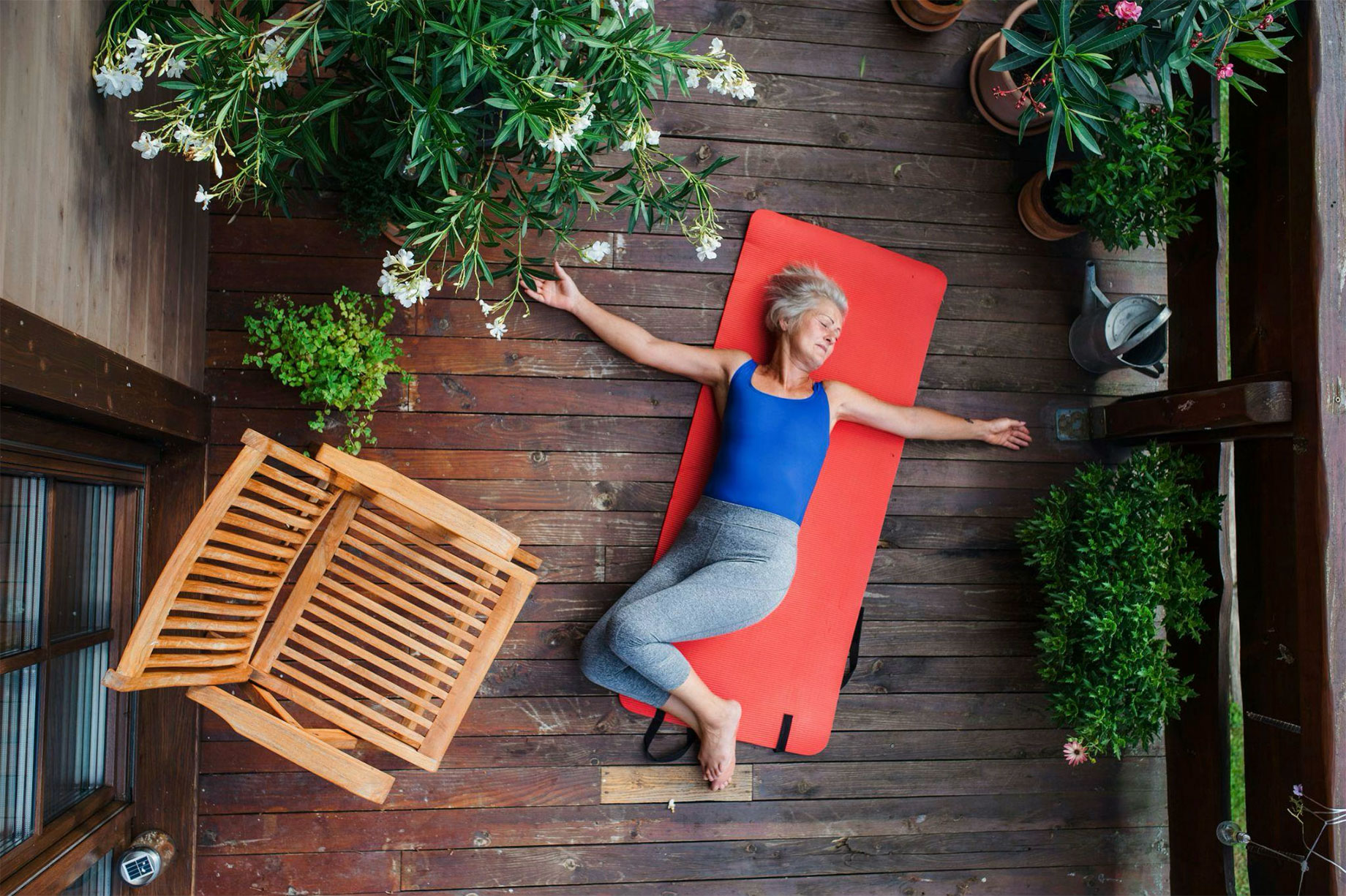
Luxury home design has evolved beyond aesthetics and exclusivity—it now encompasses a deep focus on health, wellness, and functionality. Affluent homeowners are no longer satisfied with grand foyers and opulent finishes alone. Instead, they seek environments that nourish the body, mind, and spirit. From air quality enhancements to spa-like sanctuaries, wellness-centered design is becoming a hallmark of modern luxury living.
Among the subtle but impactful innovations are advanced air systems equipped with a humidifier bottle for oxygen concentrator, which help improve indoor air quality and support respiratory health in a discreet yet effective way. These devices are especially appreciated in homes located in arid climates or areas prone to seasonal allergies, ensuring that every breath indoors is clean and comfortable.
Elevating Well-being Through Thoughtful Design
The integration of wellness into high-end home design begins with intentional architecture and continues into the finer details. Architects and designers are reimagining interiors to create serene, restorative spaces. Natural light, organic materials, and biophilic elements such as indoor gardens are no longer optional—they are expected in new luxury builds. Floor-to-ceiling windows, skylights, and strategically placed reflective surfaces are used to maximize natural light, which is known to enhance mood and regulate sleep cycles.
Another emerging trend is the incorporation of wellness kitchens. These spaces are tailored to support nutrition and overall health, often featuring custom storage for fresh produce, built-in juicers, and smart appliances that simplify healthy meal prep. High-end homeowners are also increasingly turning to premium nutritional supplements like Unjury—a brand renowned for its high-quality protein offerings. Including spaces that support supplement storage and preparation is becoming a thoughtful feature in homes focused on holistic well-being. Kitchen layouts may include designated smoothie stations, temperature-controlled pantry areas, and seamless integration with digital health tracking tools.

In-home fitness studios and meditation rooms are also gaining traction, often designed with calming palettes, acoustic insulation, and views of natural landscapes. These spaces not only enhance physical health but also provide mental and emotional balance—a necessity in today’s fast-paced world. Home gyms are now equipped with commercial-grade machines, yoga walls, climate control, and even personal trainers via virtual reality systems. Meditation zones feature aromatherapy dispensers, soundproof walls, and ergonomic floor seating, transforming wellness from a goal into a daily lifestyle.
The Role of Technology in Wellness Design
Wellness technology is a cornerstone of modern luxury design. Smart thermostats that monitor air quality, circadian lighting systems that adjust to natural rhythms, and sleep-enhancing bedroom designs are now part of the wellness blueprint. Health-focused innovations such as water purification systems and air filtration units are seamlessly integrated to enhance daily living. Home automation systems are now capable of creating personalized wellness routines—from gradually brightening bedroom lights in the morning to initiating aromatherapy and soothing playlists before bed.
According to the Global Wellness Institute, the wellness real estate market is expected to exceed $580 billion by 2025, reflecting a growing demand for homes that support a healthier lifestyle. As this demand rises, more homeowners are embracing tech-enhanced spaces that blend comfort with health optimization. The use of AI-powered diagnostics and wellness dashboards within homes is emerging, offering residents real-time feedback on air quality, hydration levels, and even UV exposure from natural lighting.
Wellness Amenities That Go Beyond the Spa

While spa bathrooms and steam showers remain luxury staples, today’s wellness features extend further. Salt therapy rooms, red light therapy devices, and infrared saunas are being installed in private residences. Aromatherapy diffusers, sound therapy systems, and sleep pods bring a multisensory wellness experience into the comfort of one’s own home. Personalized recovery rooms, equipped with massage chairs, cryotherapy equipment, and therapeutic lighting, are now appearing in elite residences.
Outdoor wellness spaces are also essential in luxury design. From yoga decks to therapeutic hot tubs and serene Japanese gardens, outdoor areas are being transformed into personal retreats that enhance connection with nature and promote tranquility. Pools now feature mineral-infused water and hydrotherapy jets, while landscape designs integrate edible gardens and reflexology paths. The seamless transition between indoor and outdoor wellness spaces allows residents to enjoy nature year-round without compromising on comfort or privacy.
Furthermore, entertainment areas are being reimagined to encourage restorative social interactions. Lounges and home theaters now feature ergonomic seating, soft ambient lighting, and curated acoustics, transforming leisure into a relaxing and health-conscious experience.
Luxury home design is undergoing a remarkable transformation—one that prioritizes health as much as beauty. As homeowners seek refuge from the stress of modern life, the integration of wellness features is not just a trend but a fundamental evolution. By incorporating technologies and elements that promote well-being, such as enhanced air systems, dedicated fitness spaces, and thoughtful nutritional solutions, today’s luxury homes are setting a new standard: one where comfort and health coexist in perfect harmony. The future of high-end living lies in homes that nourish the whole self—body, mind, and spirit.
